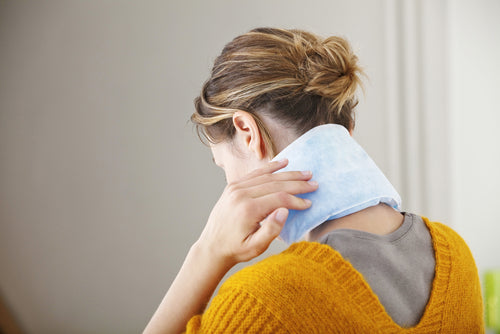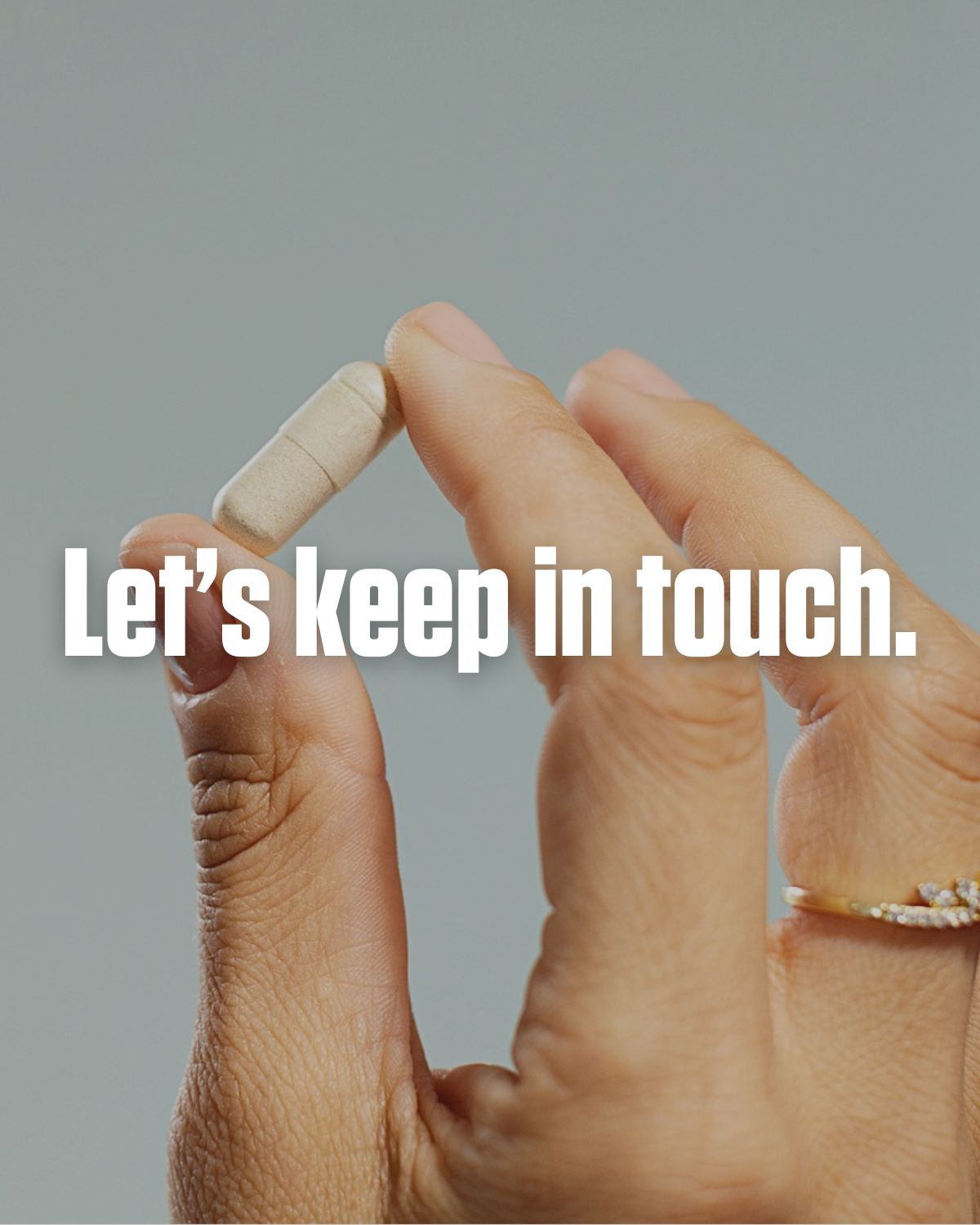Tips for Sore and Aching Muscles

Are sore and aching muscles getting you down? In this article, we’re going to go over some simple home remedies for soothing minor aches and pains.
Muscles can ache for a variety of reasons. Some soreness after a workout is usually normal. Muscles may also get stiff and achy if you sit or lie in one position for too long.
Sometimes muscles ache for other reasons involving bad posture, structural issues, or underlying disorders that affect soft tissue.
The right approach to soothing your muscles depends in part on why your muscles are aching. But many home remedies are a fit for a broad range of scenarios. Let’s jump in with some recommendations.

1. Apply moist heat.
Heat can help to soften, loosen, and relax stiff muscles. You can use dry or moist heat, but ideally, you should go with moist heat when possible. As explained in this study, “Clinically, it has been shown that moist heat penetrates deep tissue faster than dry heat.”
The easiest way to apply moist heat is to take a bath or stand in the shower. But if that is not convenient, you can use a damp rag or foam pad under a heating pad or warm pack.
2. Try infrared heat.
Studies show that near-infrared heat may be effective in treating muscular pain, including in chronic cases.
It is believed that like moist heat, infrared heat may do better at penetrating deep into muscle tissue. Research in this area is ongoing, but it is something else to try.
3. Use ice for inflammation—but don’t freeze your muscles.
Is it appropriate to use ice on sore muscles? In short, controlled bursts, it might be.
Citing recommendations from Allan H. Goldfarb, PhD, professor and exercise physiologist at the University of North Carolina, Greensboro, WebMD says, “Goldfarb suggests you ice the sore area right after the activity to cut inflammation. Then use heat later to increase blood flow to the area. Heat also can help relieve joint pain.”
On extremely tight muscles, ice may be too much—you will probably be able to figure out for yourself whether to use ice, heat, or a combination through trial and error.
4. Try light activity.
Moving around when your muscles hurt doesn’t sound fun—but doing so can help increase circulation. It also may help to flush out toxins and also bring the nutrients that your muscles need to repair themselves and grow.
Plus, muscles can get stiff and spasm from inactivity, so light activity may loosen them up, making them less painful in general.
5. Stretch.
If your muscle are shortened and tight, stretching them may help to alleviate some of the discomfort. But a word of warning—if you have active trigger points, it is easy to overdo it and make tightness and pain worse.
6. Hydrate.
During and after a workout, drink extra fluids so that you do not get dehydrated, and so that you can flush toxins out of soft tissue.
7. Massage stiff muscles.
Massage can go a long way toward loosening tight muscles and even helping to soften and deactivate trigger points.
If possible, consider going in for a professional massage at some point. If that is not an option, there are some at-home options you can try.
For example, you can use a foam roller or roller massager. You may also obtain results using a tennis ball.
8. Try gua sha.
Gua sha is a traditional East Asian remedy that involves using a ceramic spoon or similar implement to “scrape” across muscles.
Doing so leaves reddish marks behind that look painful, but are not. The activity can actually relieve pain.
Not only that, but data showed a “fourfold increase in microcirculation PUs at the treated area for the first 7.5 minutes following treatment and a significant increase in surface microcirculation during the entire 25 minutes of the study period following treatment.”
9. Apply various topical products.
There is a wide range of topical products on the market that you can use to try and soothe sore muscles. Some examples include:
- Tiger Balm
- Aspercreme
- Lidocaine products
- Capsaicin products
- CBD rubs
- Etc.
These products all use different mechanisms to ease mild aches and pains. Consider trying out one or more of them.
10. Change positions.
Whatever position you are in, you are actively using some muscles while you are resting others.
If you are constantly exerting those that are already overtaxed, you will make tension and pain worse.
Simply changing position may help to alleviate some of your pain and increase the rate of your recovery.
11. Reduce inflammation in your body.
You can also try taking a body-wide approach to alleviating muscle aches and pains.
Inflammation is involved with muscle pain. To fight inflammation, you can make adjustments to your lifestyle.
You can avoid eating foods which promote inflammation, and eat more of those which reduce inflammation. You can exercise more often, and you can take a supplement to support healthy inflammatory response.
12. Treat underlying problems if they exist.
Finally, if all you have are occasional aches and pains, or you just have transient muscle pain following workouts, it is probably no big deal.
But if you have chronic muscle pain, you may have one or more underlying conditions to address.
You might have myofascial pain syndrome, for instance, or fibromyalgia. Or, you could have structural problems that are overtaxing your muscles. There are other health conditions that might also contribute to frequent or chronic muscular pain.
If you think that you may need to treat an underlying disorder, speak to a health practitioner about what additional steps you can take to alleviate your pain.
There Are Many Ways to Treat Muscle Aches and Pains
Muscle aches and pains can range from annoying to debilitating, depending on their causes.
In some cases, you might need to treat an underlying condition. But whether you have chronic muscle pain or just the occasional ache after strenuous exercise, the home remedies and lifestyle changes recommended in this list can help you to soothe some of your discomfort.






